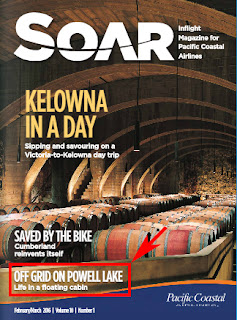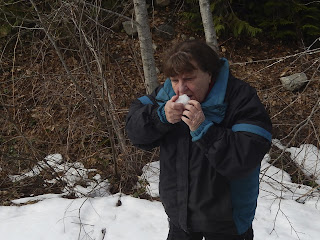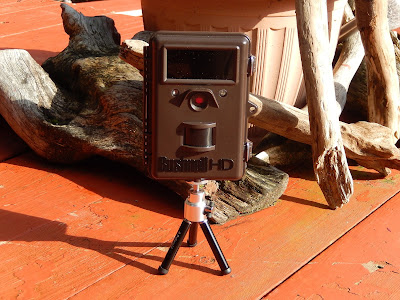Coastal BC Plants: Grass-Leaved Pondweed
Last summer's kayak trip on Nanton Lake near Powell River revealed quite a few aquatic plants in the shallow back bays. Grass-Leaved Pondweed was one example.
The majority of the plant was submerged, but the oblong floating leaves were quite evident. In some places, they formed a solid mat. In others, solitary plants were visible all the way down to the lake bed.
Grass-Leaved Pondweed is a perennial aquatic plant that grows from underwater rhizomes in ponds, lakes, ditches, and slow moving streams. Stems rise towards the lake surface. There are two types of leaves on the Pondweed. Below the water level there are small, thin, lance-shaped leaves along the stems. The stems branch at the surface and end in the oblong floating leaves.
The plants weren’t flowering when we were they, but when present, they are normally tiny and inconspicuous. -- Margy
References: Plants of Coastal British Columbia by Jim Pojar and Andy MacKinnon (Lone Pine Publishing, 1994) and E-Flora BC: Electronic Atlas of the Flora of British Columbia (online).




























































